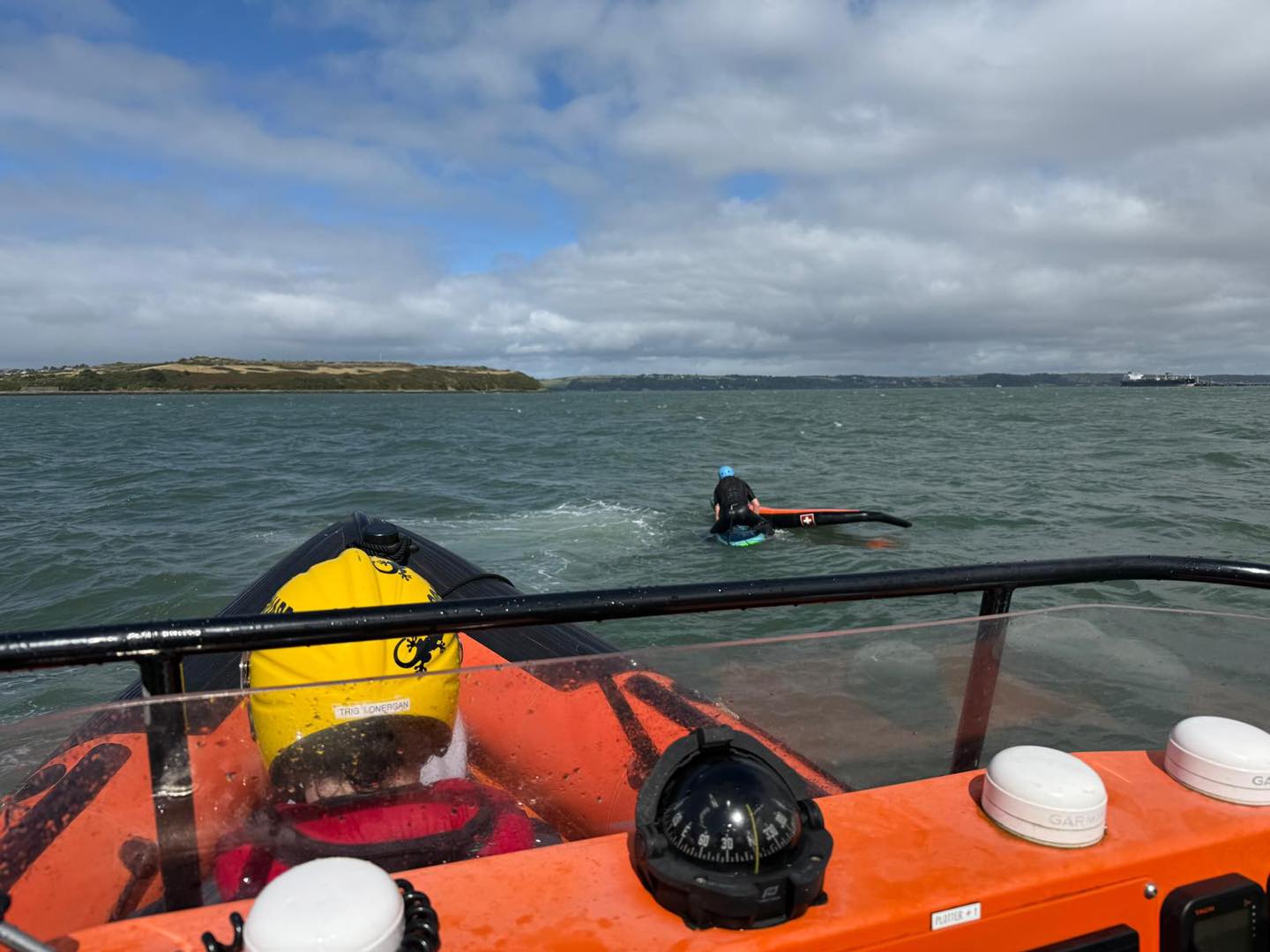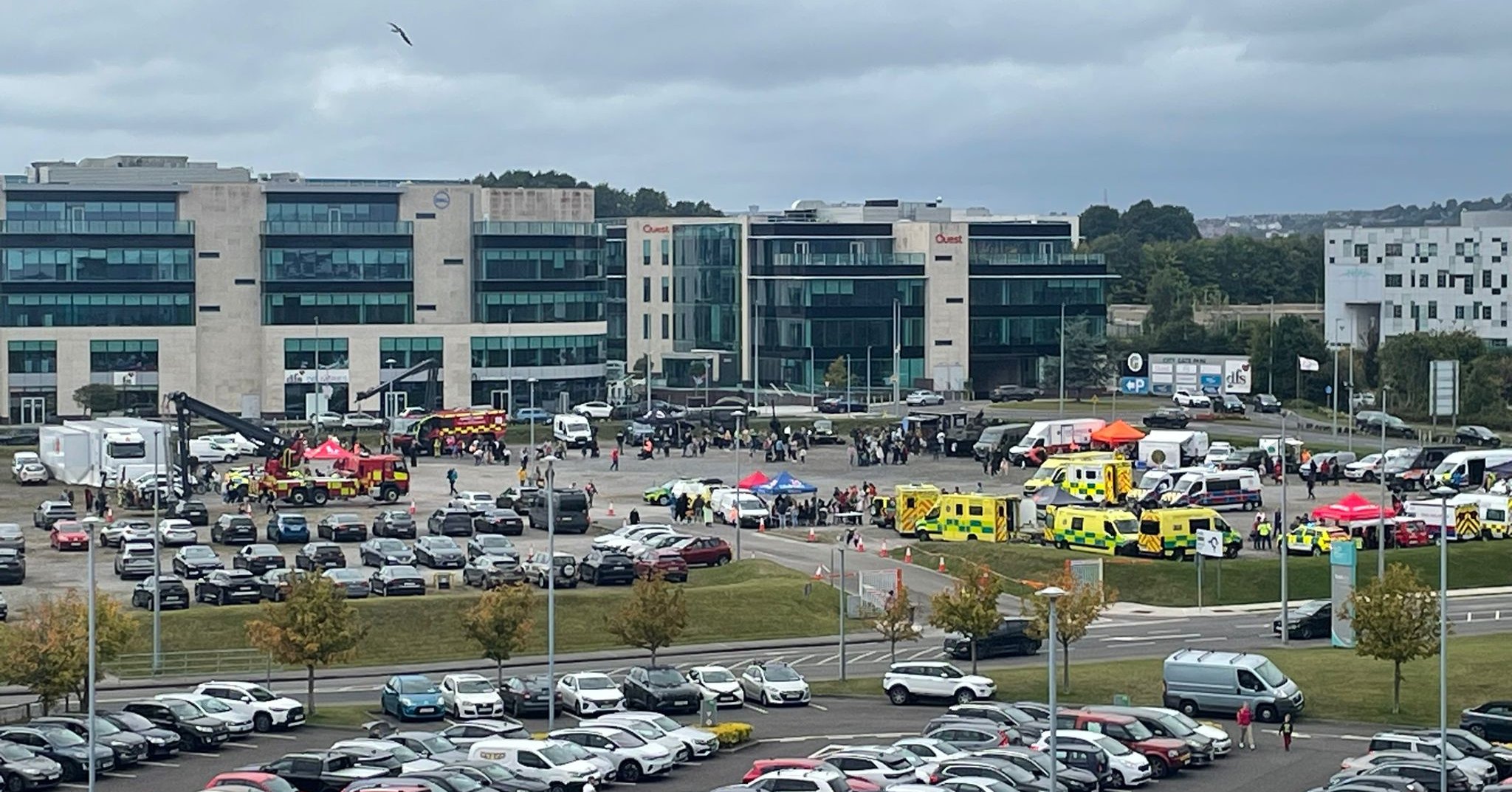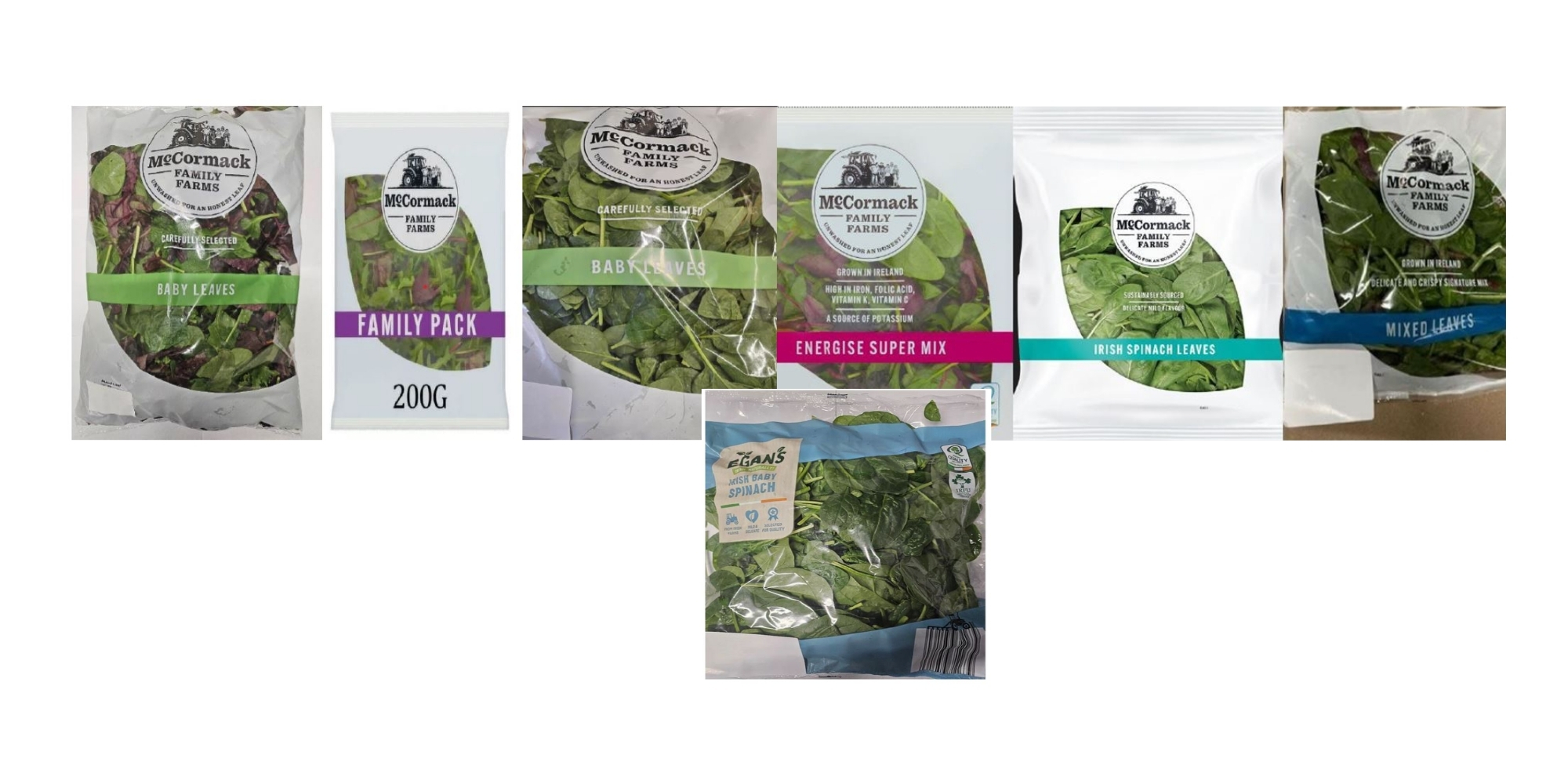Historic Trinity: How Mardyke Walk, Fitzgeralds Park and the Shakey Bridge Became Cork's Beloved Riverside Heart
In Episode 10 of Leeside Lanes we learn how gondolas once floated where Fitzgerald Park sits. In 1902, Cork hosted 4 million visitors at a forgotten world's fair with a water chute on the Lee.
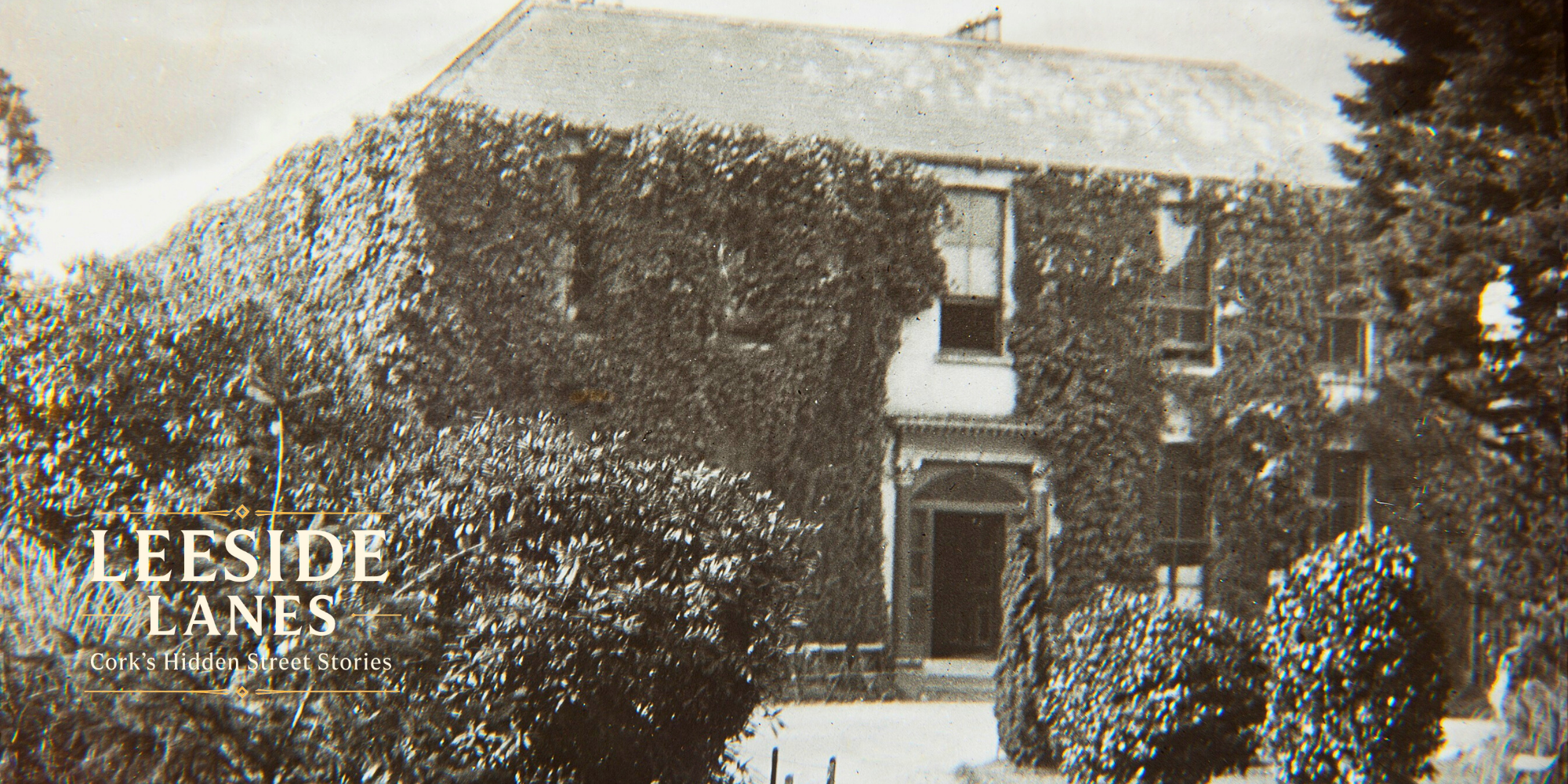
- Three centuries of transformation have woven together an 18th-century promenade, a world's fair legacy, and an iconic wobbling bridge into Cork's most cherished recreational corridor along the River Lee.
The story of Cork's western riverbank reads like a masterclass in urban evolution. What began as marshy wasteland in 1719 has become an interconnected landscape where Mardyke Walk, Fitzgeralds Park, and Daly's "Shakey" Bridge form a unified recreational heart that pulses with the rhythm of Cork life.
From Dutch Dreams to Cork Reality: The Birth of Mardyke Walk
In 1719, Edward Webber, Cork's town clerk and descendant of Dutch merchants, gazed upon the flooded marshlands west of the city and saw possibility. Drawing inspiration from Amsterdam's "Meer-Dyke" (sea-dyke), Webber drained the swampy islands and constructed a raised embankment stretching approximately one mile. He crowned his creation with Cork's first tea house, a distinctive red-brick building in the Dutch style that quickly became the fashionable destination for the city's elite.
The promenade, known affectionately as the "Red House Walk", evolved into far more than a simple footpath. Between 1795 and 1850, it served as the summer residence for Cork's Lord Mayors. The Corporation enhanced it with a slate-covered bandstand, ornate lamp posts, and gates manned by specially employed Mardyke Constables who locked them each evening.
John Windle, Historian (1840s):
"The Mardyke runs due west of Mardyke Place, which adjoins Nile-Street. It is a delightful walk about a mile in length, and shaded with ranges of noble elms at either side, forming a long vista in one straight line, from beginning to end."
The walk's cultural significance was immortalised by James Joyce in "A Portrait of the Artist as a Young Man":
"The leaves of the trees along the Mardyke were astir and whispering in the sunlight. A team of cricketers passed, agile young men in flannels and blazers, one of them carrying the long green wicket bag."
Today, the Mardyke hosts a vibrant mix of historic and modern amenities. The UCC Mardyke Arena, opened in 2001, offers world-class sports facilities including a 25-metre pool and climbing wall. The Mardyke Entertainment Complex on Sheares Street provides bowling, pool, and multiple bars under one roof, while smaller businesses like Cafe Atrium and the UPMC Sports Medicine Clinic serve the substantial student population.
The Exhibition That Changed Everything
The Cork International Exhibition of 1902-1903 marked the pivotal moment when the Mardyke transformed from promenade to cultural epicentre. Lord Mayor Edward Fitzgerald's ambitious world's fair attracted nearly 4 million visitors over two years, featuring industrial halls, international pavilions from China to Turkey, and even Venetian gondolas on the River Lee.
The 44-acre exhibition grounds included thrilling attractions: a water chute on the river, a switchback railway (precursor to the roller coaster), skating rink, and aquarium. It was here that Armenian immigrants Harutun and Esther Batmazian first introduced their Turkish Delight to Ireland, later establishing the famous Hadji Bey shop on MacCurtain Street.
When the exhibition closed, having turned a profit of £6,500, the organisers gifted the grounds to Cork's citizens. The western section became Fitzgeralds Park, officially opening in 1905 and passing into full public ownership by March 1906.
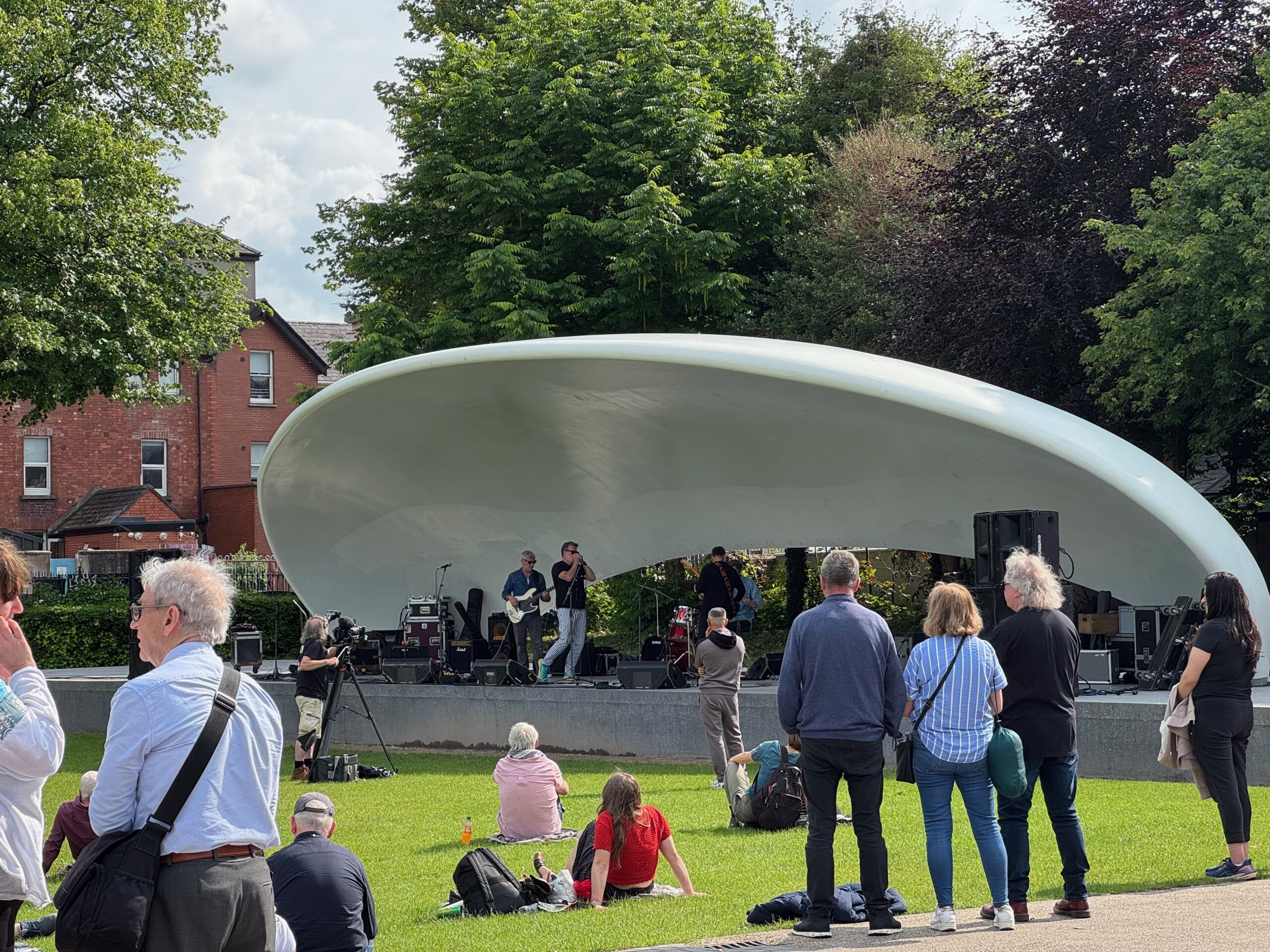
Fitzgeralds Park: A Living Museum
The 18-acre park retained several exhibition features, including the ornamental fountain that serves as a beloved meeting point and the President and Lord Mayor's Pavilion. The centrepiece is the Cork Public Museum, housed in the Georgian "Shrubberies House" built by the Beamish brewing family in 1845. Established in 1910, it's Ireland's oldest local authority museum, chronicling Cork's history from the Stone Age to the War of Independence.
The park seamlessly blends historical elements with contemporary additions. Seamus Murphy's powerful statue of Michael Collins stands alongside the 2011 Sky Garden by Dermot Gavin, which won gold at the Chelsea Flower Show. The sculpture trail, playground, and formal gardens create a space that serves both as cultural repository and community gathering place.
A significant recent change came to the park's café. The long-running Natural Foods Bakery closed after serving visitors for years, and on 8 July 2025, Tria Café opened its doors. The new operators have invested substantially in refurbishing the space, offering "fresh, wholesome, and creative dining" that Cork City Council called "a very welcome addition" to the park. (Current information verified at 14:30 IST)
The Bridge That Binds
Before 1927, crossing between the Mardyke and Sunday's Well meant taking a ferry. The growing popularity of Fitzgeralds Park created demand for a permanent crossing, but cost concerns stalled the project for nearly two decades. The deadlock broke when James Daly, a prosperous butter merchant, offered to pay half the construction cost.
Cork City Engineer Stephen W. Farrington designed a single-span steel suspension bridge, built by David Rowell & Company of London. Opening on 9 April 1927, the 160-foot bridge immediately earned its nickname when crowds heading to GAA matches at the Mardyke sports grounds caused it to shake noticeably.
Rather than a flaw, this wobble became the bridge's defining characteristic. Generations of Cork children have made bouncing on the "Shakey Bridge" a rite of passage, transforming a simple crossing into a playful community experience.
The bridge's recent €1.7 million restoration (2019-2020) demonstrated remarkable sensitivity to this beloved quirk. Engineers used accelerometer measurements to analyse the bridge's dynamic response, ensuring the restored structure retained exactly the same shake frequency as the original.
Lord Mayor Cllr. Joe Kavanagh, at the 2020 reopening:
"Its 'shakey' quality, which may not have been originally intended, has contributed in no small way to this significance."
An Interconnected Legacy
Today's visitors experience these three landmarks as a unified recreational corridor. The 2006 "Banks of the Lee" walkway project created seamless pedestrian connections, with the riverside path (renamed Slí Cumann na mBan) running 2.5 miles from the city centre through Mardyke Walk to Fitzgeralds Park and across the Shakey Bridge.
This integration reflects deeper connections. All three sites developed on reclaimed marshland, shaped by the River Lee's presence. The 2009 floods that devastated the area, submerging Mardyke completely and causing €4 million damage to UCC facilities, demonstrated their shared vulnerability and prompted comprehensive flood defence planning.
The sporting heritage runs deep across all three sites. Cricket arrived at the Mardyke in 1850, with the Cork County Cricket Club establishing its ground in 1874. The venue hosted legendary players including W.G. Grace in 1903. Today, the Mardyke Sports Grounds feature floodlit pitches for multiple sports and a professional athletics track where six hammer throw world records fell in a single evening on 3 July 1984.
Living Heritage in the 21st Century
The success of this historic trinity lies not in preservation as static monuments but in continuous adaptation. Fitzgeralds Park hosts the annual Cork Carnival of Science, transforming into Ireland's largest outdoor science engagement event. The Mardyke Entertainment Complex brings 21st-century leisure to Webber's 18th-century walkway. Modern wayfinding and heritage interpretation help visitors understand how Dutch land reclamation, Victorian exhibition ambitions, and 20th-century municipal vision combined to create this unique urban landscape.
From Webber's marsh-draining ambition through the International Exhibition's world stage moment to today's integrated recreational corridor, these connected spaces demonstrate urban planning at its most organic and successful. For Cork residents, the distinction between the three landmarks barely exists: they form a single beloved landscape where the city meets its river, where sport meets culture, where history meets daily life.
As Cork faces contemporary challenges from climate change to urban densification, these interconnected spaces offer lessons in resilience and adaptation. They survived revolution, two world wars, economic cycles, and catastrophic flooding, each time emerging renewed because the community values them not as museum pieces but as living parts of the city's daily life.
